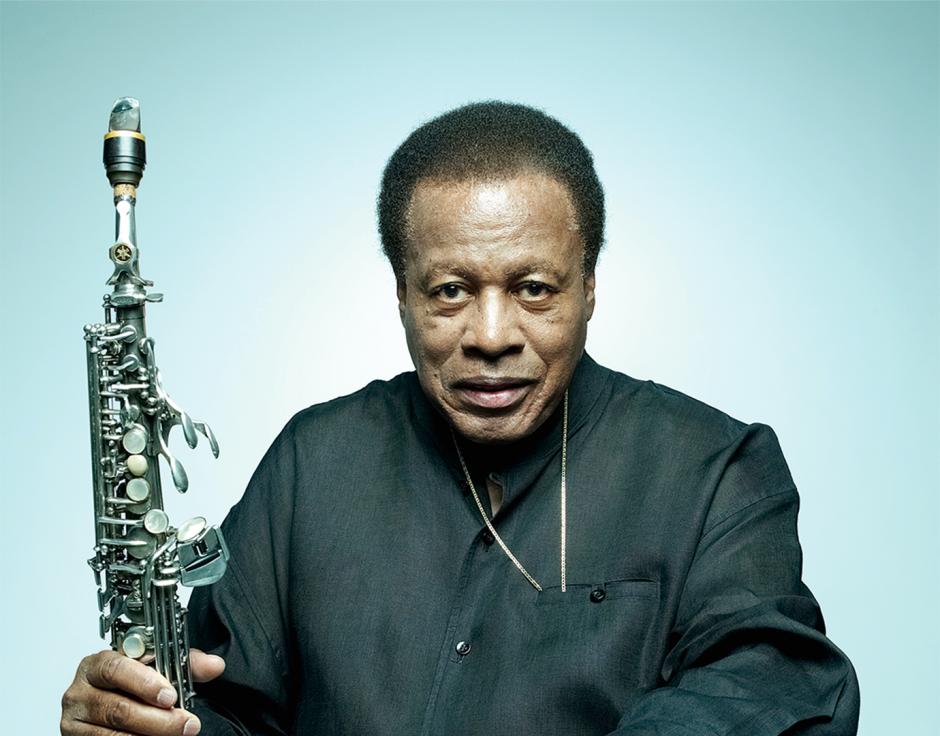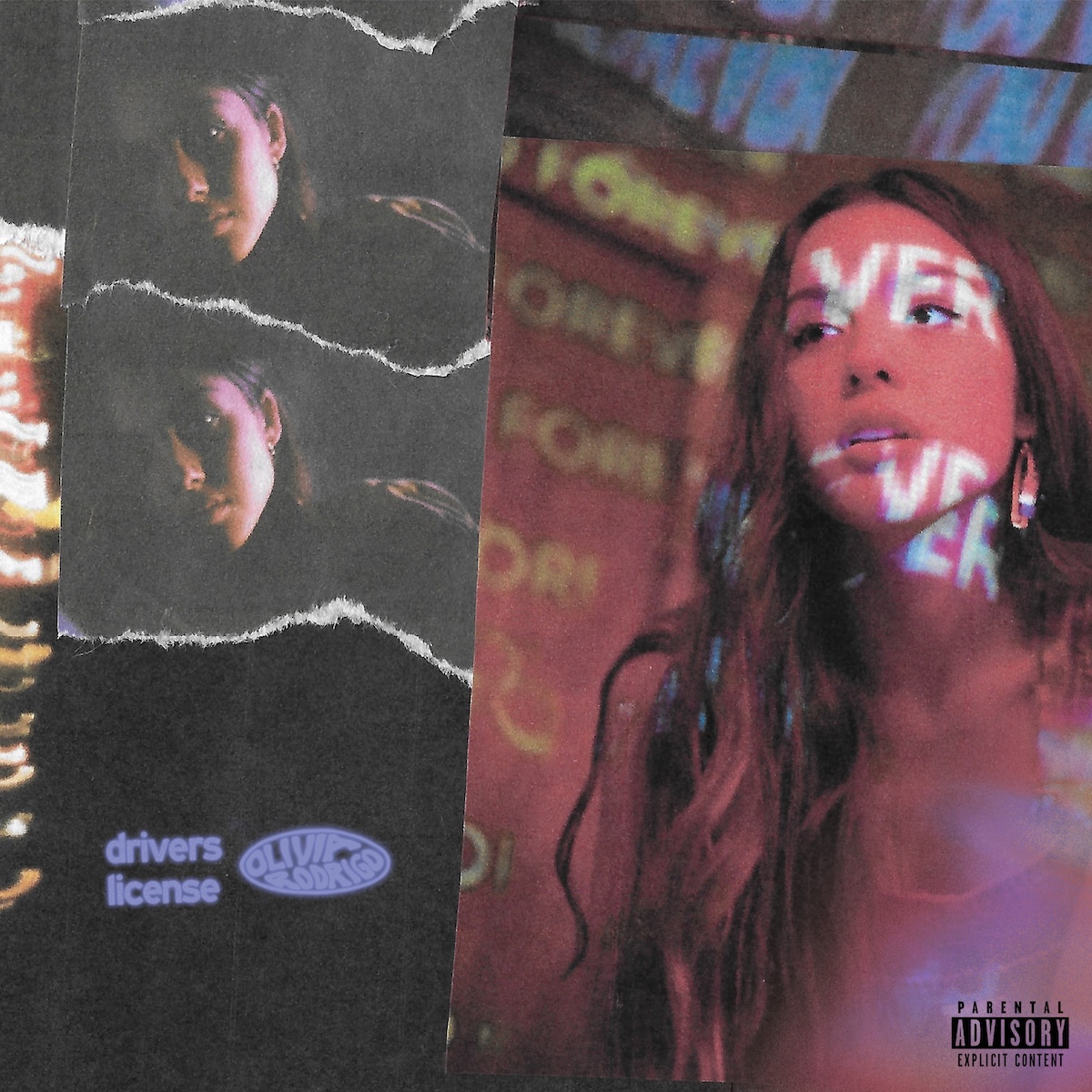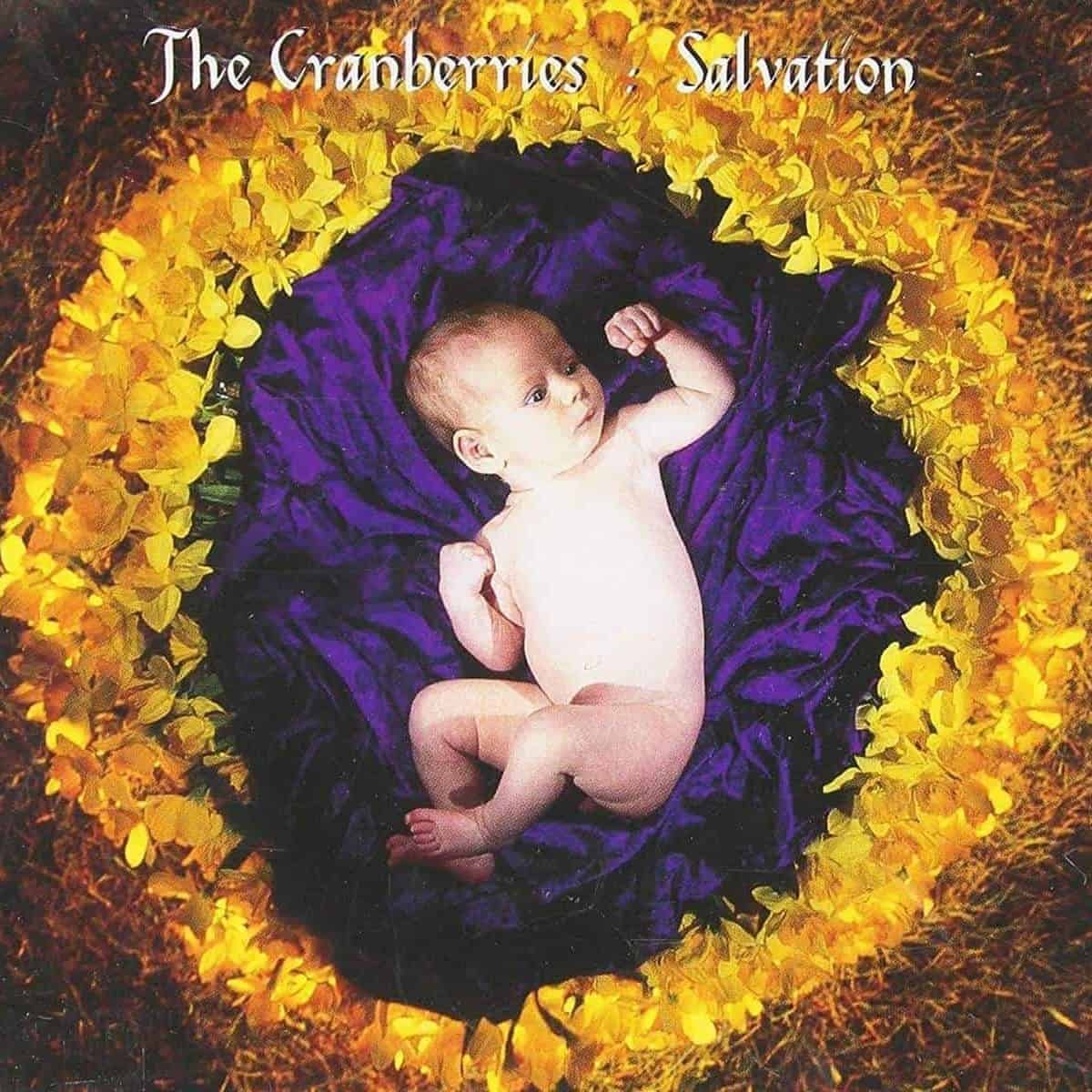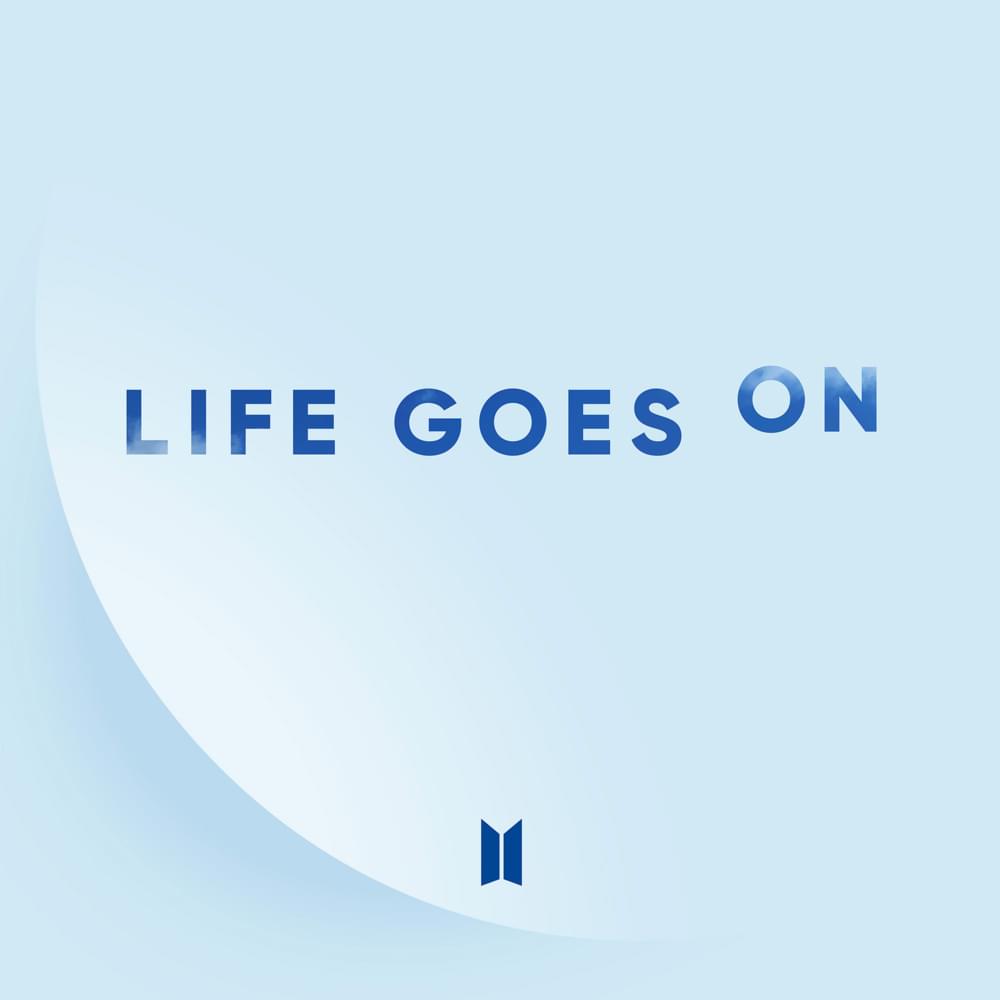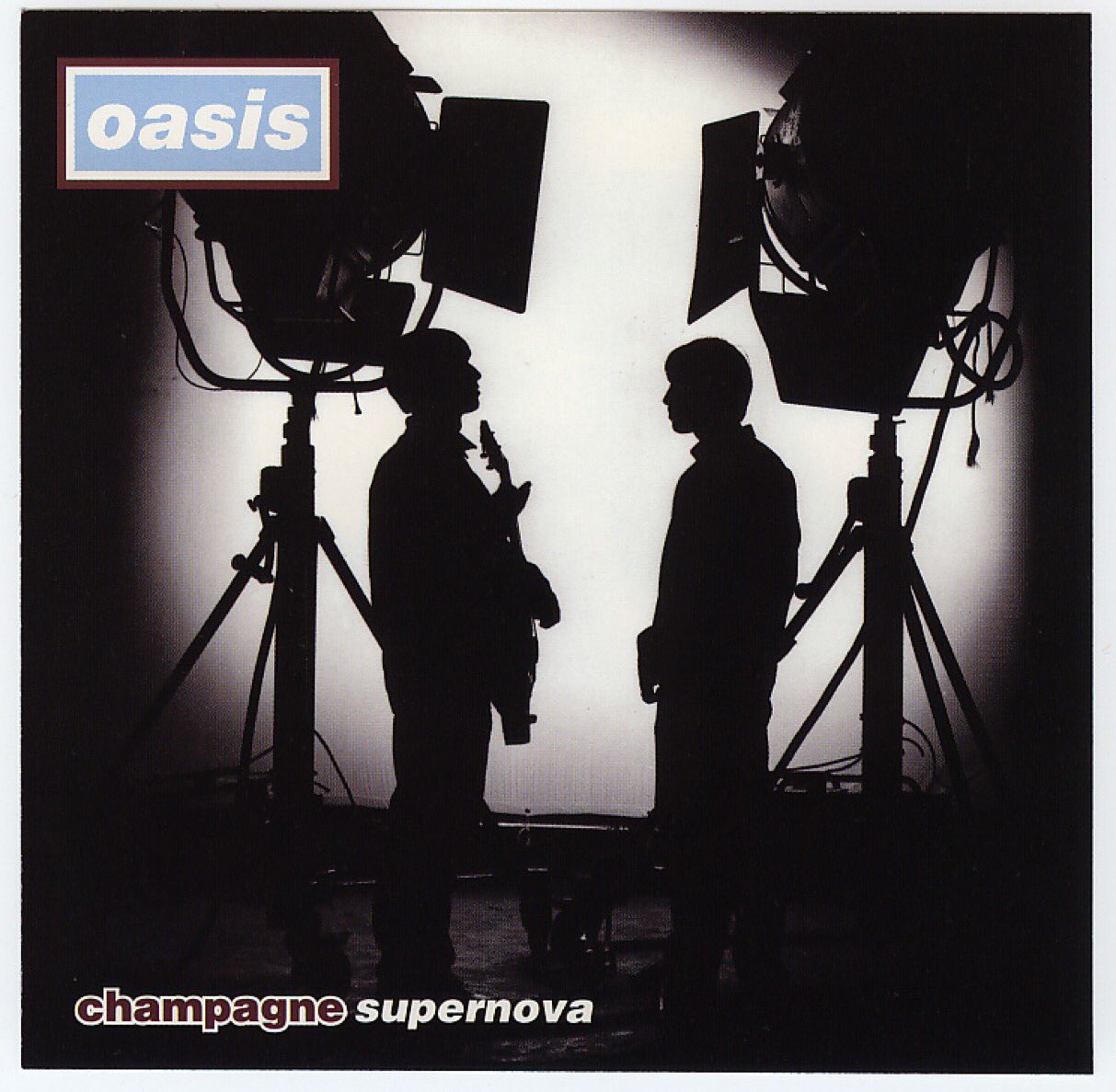Wayne Shorter died this month at 89. Although he stopped playing live a few years ago due to health issues, he'd been doing some really fascinating work up until the end, including composing the opera (Iphigenia) in collaboration with Esperanza Spalding — with sets designed by Frank Gehry! He'd also been leading a quartet with pianist Danilo Perez, bassist John Patitucci, and drummer Brian Blade since the turn of the millennium, one of the longest-running bands in jazz.
I had been planning to write about Shorter this month even before he died, to celebrate the tenth anniversary of Without A Net, the live album he and his quartet released in February 2013. Most of it was recorded on tour in Europe in 2011, but one track, "Pegasus," was from a December 2010 performance at Walt Disney Concert Hall in LA. For that 23-minute piece, the quartet was joined by the five-piece Imani Winds, a group that included flute, French horn, clarinet, oboe, and bassoon.
The album marked Shorter's return to Blue Note, a label he'd last recorded for in 1970, and it pulls from throughout his history and far beyond. It opens with "Orbits," a piece he'd originally composed for the Miles Davis Quintet (it's on 1966's Miles Smiles) and also includes a version of "Plaza Real," from the 1983 Weather Report album Procession, and "Flying Down To Rio," a song from a 1933 musical starring Fred Astaire and Ginger Rogers. The band sounds charged-up but extremely attentive to each other at all times, with Perez and Blade bringing the music to one crashing crescendo after another. Shorter's playing is sharp and biting; he hits upper-register notes on the soprano sax like he's throwing darts into the audience. And although they pull the songs' melodies apart, the structure is still there; you can always hang on and trace your way back to where they started.
When Without A Net came out, I interviewed Brian Blade for Blue Note's website. When I asked him why Shorter seemed to prefer live recordings to studio work, he said his feeling was that "we play so many shows, and the way things progress in the living moment…I guess he perhaps has kind of brought us into his vision, and the way we've come to this collective compositional process, perhaps it's just been his preference, rather than going into the studio."
At the same time, he said Shorter was "constantly composing, and when he brings something to us, it's fully realized. It's all very much composed, or de-composed, as he would say. 'Cause really, our part is the de-composing, he says. But it comes so perfect, and to my mind, we could play it from the beginning to the end and I'd be fine with that. But he wants us to almost extract cells from it, to find windows, to come to the unknown together. But we as a trio — me, Danilo and John — try to be true to what he's written, because obviously he's dedicated a lot of time and passion into that writing and we don't want to discard all that genius. So it's interesting, that balance, for the rhythm section to try to honor his gift as a composer and an improviser and find that median between that and his vision of what the quartet is, off the page. It's quite a fragile balance, so we're always walking that line."
I saw that group live once, at Town Hall in NYC in 2011. The main set was a continuous 75-minute medley that began slowly, with ominous, heavy chords from Perez setting the mood. Shorter stood nestled in the curve of the grand piano's body, listening. Patitucci offered a melody of his own rather than pushing the music forward, and Blade's playing, too, was all accents. It felt like modern chamber music, neither swinging nor bluesy. Before long, though, Blade seemed determined to disrupt things, and began erupting in almost rock-like outbursts and using mallets to create a thunderous rumble like tympani.
Shorter took breathy and considered solos, mostly playing soprano sax (though there was some tenor here and there). He never seemed to be leading or even dominating the band, just joining in. One early, piercingly sharp and loud note came as a total surprise; it sounded like he was trying to blast something out of the horn.
As the lengthy performance moved from one briefly stated, then abstracted melody to the next, it started to feel like a series of semi-climaxes, almost-but-not-quite connections, and implied conclusions; there was always one member of the band who couldn't, or wouldn't, stop along with the others, so the music kept flowing, or resumed when you would have thought it would have stopped. At the very end, though, something fascinating happened. When Shorter and Perez seemed done for the night (the pianist had even stood up from the bench), Blade started a heavy groove, luring Patitucci in, and the whole band lurched back into motion, the saxophonist glancing at his drummer with a gleam in his eye. Eventually it all wound down again, and it came to what felt like an utterly natural finish that belied all the struggles and uphill climbs that had come before.
The music that band made together — not just that night at Town Hall, but for two decades — was suspenseful, frustrating, rigorous, intellectual, and often quite beautiful, but it defied just about every rule of jazz. It didn't swing, but it didn't make a point of not swinging. Only rarely did all four members truly play together, but it never devolved into a series of duos, trios or unaccompanied solos. It was aggressive and even harsh at times, but the nominal leader never seemed to truly lead. He wasn't even the loudest element in the mix. And when you heard these players in other contexts, you realized that they were all inspired to play this way by Wayne Shorter. Somehow, like Blade said, they had all become manifestations of his artistic personality.
It's really kind of mind-boggling to contemplate Wayne Shorter's career. Even in his earliest hard bop days, as a member of Art Blakey's Jazz Messengers, he was doing something different from anyone else. He could fit in with a conventional, hard-blowing group (his playing on the 1964 album Free For All is incredibly intense), but his compositions always offered an unexpected angle or a melodic twist that you didn't see coming, but which made perfect sense when it arrived. From late 1964 to early 1970, he was a member of Miles Davis' band, first the acoustic quintet and then the electric groups. Then he joined forces with keyboardist Joe Zawinul, who'd played on Davis' In A Silent Way and Bitches Brew, and they formed Weather Report. Zawinul once summed up that group's music, which pulled from jazz, rock, cutting-edge electronics, and rhythms from around the globe, with the words "No one solos, everyone solos." They made 16 albums in as many years, evolving from the dense jazz-rock experimentation of their self-titled debut and Live In Tokyo to the Fourth World funk of Mysterious Traveller and Tale Spinnin' to the catchy pop fusion of Heavy Weather, Mr. Gone, and everything after.
Outside of Weather Report, Shorter collaborated with Carlos Santana and Milton Nascimento and had an extended creative relationship with Joni Mitchell, playing on 10 of her studio albums between 1977 and 2002. He made a string of albums with the supergroup V.S.O.P., which included Herbie Hancock, Ron Carter, and Tony Williams, with Freddie Hubbard on trumpet. Every time you thought you had Wayne Shorter pegged, he made some kind of left turn, without ever disavowing anything he'd done before. He wrote and performed enough music for six or seven lifetimes, in a seemingly impossibly broad range of styles, and it was all one artistic journey for him. Wayne Shorter was always a name known primarily to jazz fans — he never had the crossover pop success of his former collaborators Miles Davis and Herbie Hancock — but he was an absolute titan, one of the greatest musicians America's ever produced. No matter what era of his work you choose to explore, you'll find something that will make you gasp in wonder.
TAKE 10
The Necks - "Imprinting"
The Necks — keyboardist Chris Abrahams, bassist Lloyd Swanton, and drummer Tony Buck — are an improvised music institution, if there can be such a thing. They've been playing together since 1987, and have released a slew of albums, most of which, until recently, contained just a single long track. Their latest, Travel, has four, each covering one side of a double LP. (This isn't the first time they've done this: 2017's Unfold also had four tracks, and 2020's Three had, well, three.) And while their studio work incorporates extensive overdubbing and post-production, in contrast to their fully improvised live shows, Travel is pretty much entirely improvised; they started each day's work in the studio just going out from zero. "Imprinting" starts off with solo bass, but quickly falls into a Buck groove that has the feel of indigenous music, over which Abrahams and Swanton seem to solo side by side without ever acknowledging or wandering too far off from each other. It's ritualistic, suspenseful, and beautiful. (From Travel, out now via Northern Spy.)
David Ake - "Good Afternoon"
Pianist David Ake's music is endlessly fascinating to me. It has the classic, bluesy feel of Blue Note albums from the mid '60s at times, but he can just as easily slip into a more exploratory zone reminiscent of minimalist modern composers like Steve Reich or Philip Glass. Last year, he released Slingshot, an album of solo pieces and duos with bassist Boris Kozlov. Three of those pieces reappear here, recorded at the same two-day session with a quartet that includes Kozlov alongside saxophonist Tony Malaby and drummer Rudy Royston. The opening track, "Good Afternoon," is a short and graceful introduction to the album, beginning with soft solo piano chords before Malaby enters, offering a slow, almost 1950s saxophone line over swooshing cymbals and gently plucked bass. Ake's piano solo has an urbane, rhythm and blues quality that might make you think of Ray Charles or Charles Brown. Though it's called "Good Afternoon," you could easily play this track just after midnight. (From Green Thumb, out now via Posi-Tone.)
Lukas Traxel - "The Call"
Swiss bassist Lukas Traxel, whose playing is entirely new to me, makes his debut as a leader on this album with Finnish saxophonist Otis Sandsjö and German drummer Moritz Baumgärtner. The tunes have a bluesy aspect, but there's a lot of abstraction here, and Sandsjö's playing starts off in the vein of traditionalist players like JD Allen or George Coleman, before moving into grittier, harsher zones, without ever going full Brötzmann. The opening melody of "The Call" contains what sounds to me like a nod to the standard "Autumn Leaves," but it flits by almost too quick to notice, and then we're listening to a drum break from Baumgärtner that sounds like he's whacking cardboard boxes with bicycle chains as Traxel's bass bounces and booms in between the two men. Soon they're sprinting down the track at double time, knocking into each other like rugby players drafted to run a relay race. Sandsjö leaps into an astonishing, seemingly endless cycle of notes as the rhythm section crashes along. (From One-Eyed Daruma, out now via We Jazz.)
Clovis Nicolas - "Shadow Of Adagio"
The story behind this album is pretty interesting. Bassist Clovis Nicolas became fascinated by classical music, studied up on composition, and wrote a string quartet, Le Miroir, with a five-movement symmetrical structure. It's not written in "jazz language"; it's a straight-up string quartet that owes more to Beethoven than bebop, performed by the Ulysses String Quartet (violinists Christina Bouey and Rhiannon Banerdt, violist Colin Brookes and cellist Grace Ho). But then Nicolas decided to rework the material as the springboard for five jazz compositions and recruited a killer band — Jeremy Pelt on trumpet, Sullivan Fortner on piano, and Bill Stewart on drums — to play that music. "Shadow Of Adagio" is drawn from the slow middle section of the string quartet, and in the hands of this group it's become an incredibly lovely ballad. Nicolas' bass is prominent in the mix, especially in the piece's first half where he's arguably the lead instrument, but the second half is a gorgeous showcase for Pelt. (From The Contrapuntist, out now via Sunnyside.)
Kendrick Scott - "What Day Is It?"
Drummer Kendrick Scott has been leading a band called Oracle since the mid-2000s; they've made several albums, including two for Blue Note. But on his new album Corridors, he steps away from that project, forming a new trio with saxophonist Walter Smith III (whose own new album will be covered in next month's column) and bassist Reuben Rogers. The record kicks off with "What Day Is It?" — a bouncing, vamping groove over which Smith flits and zooms, periodically touching down like a dragonfly landing on the surface of a pond. Scott's drumming has a lightness to it; his hi-hat and cymbals dance, as his toms and kick drum lie in wait, attacking when you least expect it like a sudden earthquake. And Rogers isn't just the glue between drums and sax. He's the second lead instrument, bounding around the sonic landscape like a gazelle, occasionally hovering in place to give the other two an anchor point but keeping his own counsel at the same time. (From Corridors, out now via Blue Note.)
Rob Mazurek's Exploding Star Orchestra - "Future Shaman"
Rob Mazurek's Exploding Star Orchestra is usually a large ensemble, numbering a dozen players or more. On this album, though, he's stripped it down to its core, featuring Jeff Parker on guitar, Craig Taborn and Angelica Sanchez on various keyboards, and Gerald Cleaver on drums, with Damon Locks contributing vocals and electronics, and here and there, Nicole Mitchell on flute and Mauricio Takara on percussion. The opening track, "Future Shaman," is a synth-driven funk jam with Locks delivering poetry about turning one's back on technology in favor of a more embodied life: "Code corruption elicits destruction, but we surpass, play in the dirt." Eventually the electronics swallow his words, turning them into a storm of echoing phonemes as Jeff Parker takes center stage for an initially mellow but exploratory solo that gradually gets noisier and skronkier, as Cleaver's drums rattle and thump. Mazurek doesn't put the horn to his lips until late in the game, but when he appears, his abstract squiggles balance the dense groove. (From Lightning Dreamers, out March 31 via International Anthem.)
Isaiah J. Thompson - "The IT Department"
Isaiah J. Thompson is an up-and-coming pianist with two previous albums to his name, both of which consisted of other folks' music. This live album, recorded at Jazz at Lincoln Center and released on their Blue Engine label, contains original compositions which have an old-school, soulful hard bop feel. He's backed by bassist Philip Norris and two different drummers — TJ Reddick on three tracks, Domo Branch on four others — plus tenor saxophonist Julian Lee. "The IT Department" gets its title from something Thompson's father used to say; when he was asked if he'd been involved in his son's musical education, he'd respond, "music is his department." The song has a churchy melody that nods to Art Blakey's longtime pianist Bobby Timmons, as well as modern players like Cyrus Chestnut, but Thompson has his own graceful swing, and Norris and Reddick support him ably as Lee cuts loose and wails, but never tips over into showboating fervor; he holds back like a modern-day Hank Mobley. (From The Power Of The Spirit, out now via Blue Engine.)
Angel Bat Dawid, "RECORDARE – Recall The Joy"
This is a truly unprecedented and fascinating piece. Requiem For Jazz is a 12-movement suite inspired by the 1959 documentary The Cry Of Jazz (dialogue from the movie is incorporated into the piece) but structured like a Catholic requiem mass. It features an 11-member jazz band, a string quartet, and four vocalists in addition to Dawid, who conducted it onstage at the 2019 Hyde Park Jazz Festival in Chicago. The music blends gospel, free jazz, hip-hop and more, and it has a high-intensity theatricality; the four vocalists sing about freedom, joy, despair, and resilience as instruments flicker in and out. It's impossible to pull out just one track from this disc and give you any sense of its scope — you've really got to take the whole one-hour ride — but this is the one the label is using to promote it, so check it out and trust me that this barely scratches the surface. (From Requiem For Jazz, out March 24 via International Anthem.)
Arooj Aftab, Vijay Iyer, & Shahzad Ismaily - "To Remain/To Return"
Pianist Vijay Iyer first performed with bassist Shahzad Ismaily and singer Arooj Aftab in 2018. It was a fully improvised encounter, and when it was over they all knew they'd have to do it again. They've played about a half dozen more shows since and have now recorded their debut album, a hushed, meditative and extraordinarily beautiful studio session. Iyer plays piano and electronics; Ismaily plays bass and keyboards; and Aftab sings in Urdu. The six pieces unfold slowly and patiently, the shortest track running eight minutes, the longest nearly 15. Aftab's low, prayerful vocals are balanced by Iyer's florid piano, as Ismaily rumbles between the two of them. The first track, "To Remain/To Return," reminds me of Alice Coltrane's devotional music from the '80s, crossed with one of Keith Jarrett's darker solo ECM albums. But really, there's nothing else out there like this music, and you really need to give yourself over to it for its entire 72-minute running time and see how you feel when it's over. (From Love In Exile, out now via Verve.)
London Brew - "Miles Chases New Voodoo In The Church"
In 1999, trumpeter Tim Hagans and saxophonist/producer Bob Belden put together an amazing electric jazz-funk band and made two albums, Animation/Imagination and Re-Animation Live!, for Blue Note. The shit was completely wild, with Hagans' piercing horn doing battle with wave after wave of zapping synths, deep electric bass, and a drummer who could play drum 'n' bass breakbeats live. They're on streaming services; pull 'em up and check 'em out. A few years later, they named the band Animation, and in 2011, they released Asiento, an album on which they recorded their own versions of all six tracks from Miles Davis' Bitches Brew. It was pretty good, too. But it felt more like a hollow exercise than the earlier material — which they'd acknowledged up front was inspired by electric Miles. The difference was, in playing the actual tunes rather than just emulating the methodology, the radicalism was lost. So when I heard that another Bitches Brew tribute was on the way, this time featuring a dozen players from London's red-hot jazz scene, I was not all that enthused, frankly. The concept behind London Brew, which was recorded over three days in December 2020, seemed corny, like something you'd put together for a jazz festival and then move on from. Well, I was wrong. This project, which features contributions from Shabaka Hutchings, Nubya Garcia, Theon Cross, Tom Skinner, and many others, takes inspiration from Davis but never becomes a mere copy of what he laid down 50 years ago. The two-part opening track, "London Brew," is a dubby, noisy, nearly 40-minute journey into collective improvisation that sounds more like free funk than fusion, with instruments surging in and out of a massive dark cloud of tones at unpredictable and thrilling intervals. Hutchings' bass clarinet is an immediately recognizable anchor, but the whole thing is so abstract it's like they're consciously trying to throw you off. "Miles Chases New Voodoo In The Church" is a hard-driving funk-rock piece with stormy, atmospheric synths, barbed-wire guitars, and electronically filtered horns over a thumping beat; it sounds more like something from Davis' Get Up With It era than Bitches Brew, but the fast, complex sax melodies and melancholy strings take it in entirely new directions. As Wayne Shorter, who played on Bitches Brew, famously said, jazz means "I dare you." The players on London Brew have taken the dare, and good for them. (From London Brew, out 3/31 via Concord Jazz.)
OUTWARD BOUND
#throwbackthursday with brother Alan. pic.twitter.com/0hIjxU0mHn
— Wayne Shorter (@Wayne_Shorter) February 9, 2017
We rely on reader subscriptions to deliver articles like the one you're reading. Become a member and help support independent media!
